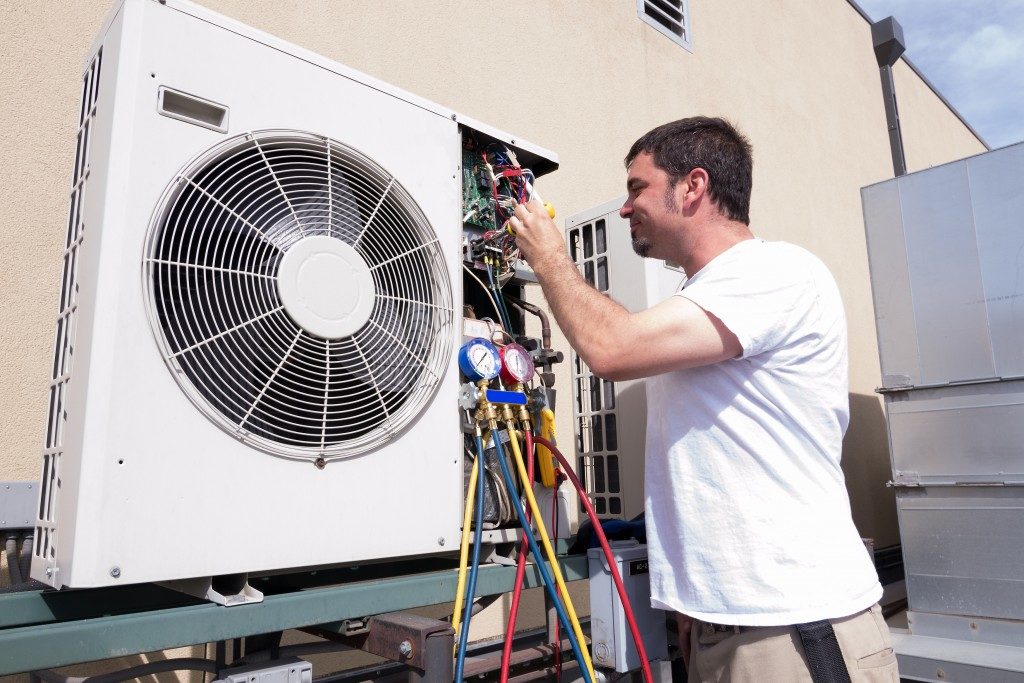Heating, ventilation, and air conditioning experts recommend regular tune-up for HVAC systems, at least annually. The frequency depends on factors such as age and general conditions. Most new systems will do with an annual tune-up, but older ones tend to require closer attention. Routine maintenance of HVAC components is an irreplaceable exercise that not only prevents premature failure but also enhances performance quality.
It is safe to say that every HVAC system needs some form of a tune-up or HVAC repair after a strenuous seasonal application to prevent wear, tear. Whether you live in Modesto or Orange County, you know the importance of an HVAC in such as area. It’s sometimes difficult to ascertain when to do a tune-up and what areas to check. Find out about some of the important aspects of keeping the equipment in good shape all year round.
Scheduling the Tune-Up
It is important to schedule the tune-up of your HVAC system in an ideal period, and this happens to be in the fall for most regions. Fall is preferable because it lies between cooling and heating seasons. Technicians will have the most flexibility in terms of scheduling the service. Fixing the system during this time ensures that it is ready for the tough heating requirements. During fall, the temperatures are moderate, so homeowners can afford to stay a day or two without HVAC. Remember that the units need to stand unused for at least a day before the technicians test them.
What a Tune-Up Covers
We have mentioned inspection, but that is not the only area that the technicians cover during a tune-up. The inspection involves close checks on the entire system, including components such as thermostats, ductwork, coil fins, and safety features. Thorough cleaning is also a crucial step in HVAC tune-up; you can remove any form of corrosion and replace the air filter. The technician may also clean the condensate tray to take care of potential backups and leakages. Finally, the technician briefs the homeowner on the condition of the system and offers recommendations.
Duration of the Process

Inspection is the most crucial part of the process, so you can expect it to take some time. Most technicians need about an hour to check every bit of the HVAC system. Of course, the time may vary depending on the complexity of the system. In case they need to add refrigerant, the process could last an additional half an hour.
Choosing a Provider
If you want to be assured of a successful tune-up, identify a reliable HVAC repair professional. The best way to start the conversation is to ask for licenses and permits. The Contractors State License Board is easily the most reliable overseer of the industry, but there are others. Request for the license number, and if the provider does not have one, they are probably not the best to hire. Other than that, reviews can help assess the quality of service they offer.
HVAC system checks can appear superficial for a property owner who does not know all the associated benefits. The fact is that the seemingly simple exercise helps ward off numerous issues before they escalate. It may also seem too expensive, but in essence, you are saving a lot on energy costs and equipment repairs.


